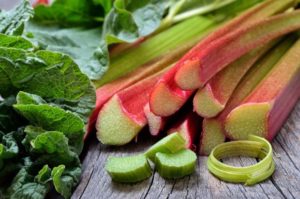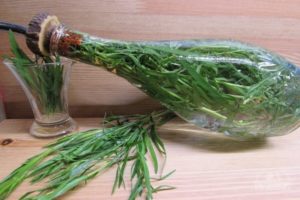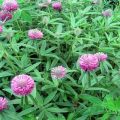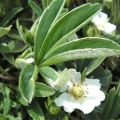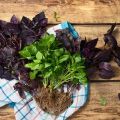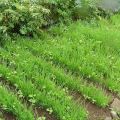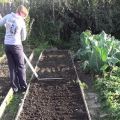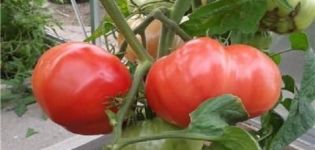Description of the plant Vetch sowing spring, how to use and planting features
Spring vetch is used as a fodder crop. It is a common annual herb belonging to the legume family. It is considered a high quality pet food and contains 46 feed units per 100 kg of dry grass. The mass of the green part of the grass can reach 70%. Vetch is grown together with peas, oats, cabbage and other crops.
Description of the plant
Spring vetch belongs to the legume family, which includes 85 species. According to the description, the plant is very remarkable; it can be seen in fields, meadows and squares.
The root system of spring culture is branched. Stem is erect, ascending, can reach 1 meter in height. Leaves are oblong, eight-paired, have a small notch. The plant has branched tendrils. The plant is drought-resistant, light-loving and demanding of soil. But it grows poorly on heavy and acidic soils. It is resistant to cold weather, disease and pests. The only exception is aphids, which often affect the culture.
The flowers are small, solitary, up to 2 cm long, lilac or pinkish in color. The fruit is a bean, which reaches a length of 6 cm. Each bean contains 9 seeds. Seeds are spherical, slightly flattened.
The grass is pollinated on its own. The plant blooms in late June, early July. Harvesting takes place in early August. You can harvest 2 times per summer.
Vetch is a good honey plant. Up to 20 kg of aromatic and tasty honey can be harvested per hectare. The seeds can be used as fertilizer. To do this, the plant is sown and then buried in the ground. Such fertilizer is not inferior in characteristics to manure and retains its qualities for 5 years.Spring vetch has several wild species, which are very similar to the culture in all characteristics.
Spread
The culture is widespread throughout the European part of Russia, in Central Asia and the Caucasus. The plant grows in the forest-steppe zone of Moldova and Ukraine. Spring vetch is grown in the west of Siberia, in the foothill and mountainous parts of Crimea.
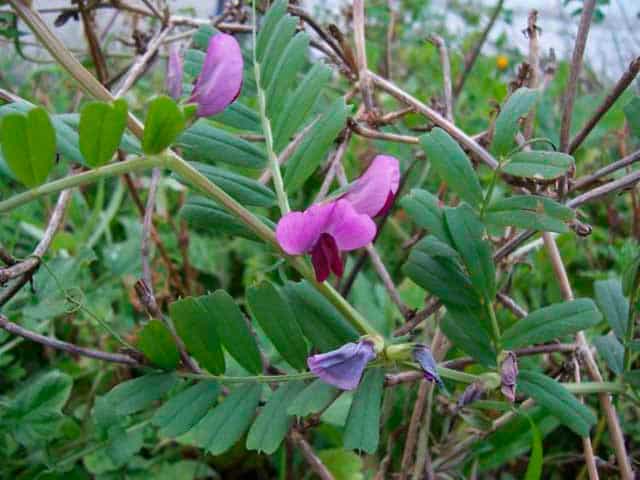
Often found as a weed in wheat fields, the plant can be found in garbage places. Lilac flowers of the vetch sowing are often found in parks and squares. You can buy seeds of a legume plant in specialized stores.
How to use
Sowing vetch belongs to spring. It does not require special care and is resistant to slight frost. Many gardeners call this crop seed peas. This culture has been known since ancient times. Even then, grass was used as animal feed. Today the vetch is grown as fodder, the plant is used as fertilizer, as well as a rich source of silage and hay.
Quite often, spring vetch is sown on fields that are fallow. The plant is a good nitrogenous fertilizer, it loosens the soil, and also noticeably improves its quality composition, which is important before planting other crops.
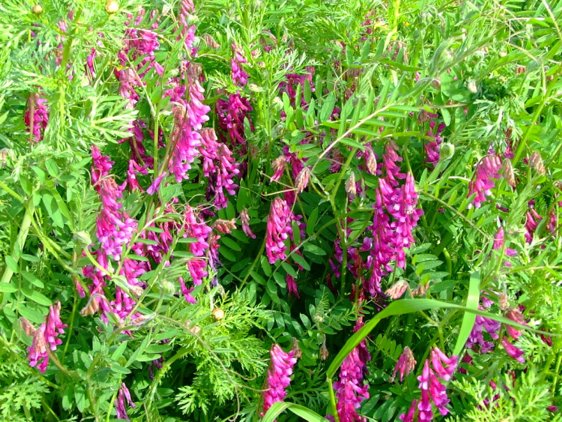
It is good to plant vetch at the same time as other crops. The grass prevents weeds from growing and also attracts insects that pollinate the flowers. It is a good forage grass with a high content of vegetable proteins. It is eaten by animals both directly on pastures and in the form of hay. It is possible to sow several times over the summer.
Landing features
A legume crop is planted for fertilization and as animal feed. Depending on this, the landing dates change.
- For fertilization, the plant is planted simultaneously with other herbs. Spring crops inhibit the growth of weeds. Mow it after the grass has grown enough.
- For fertilization, the grass can be planted at the end of August. In this case, it is mown in early spring, until tomatoes, peppers and cabbage are planted.
- Grass is planted for animal feed in early spring, and mowed at the stage of the emergence of beans. Vika is planted along with other forage grasses, which helps to kill the bitter taste of forage grasses.
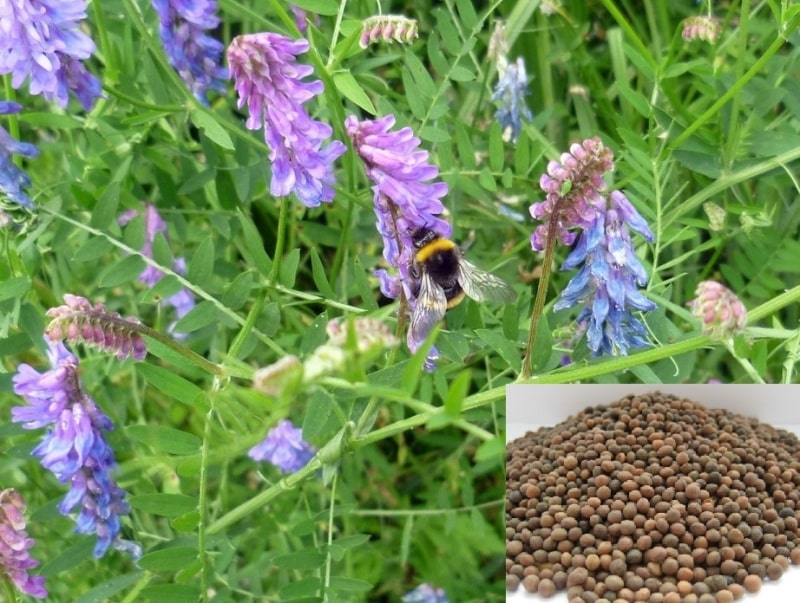
The grass contains vitamins and many minerals. Most of them during the flowering of the legume.At present, Vika spring is considered one of the more valuable forage crops.
Healing properties
The herb is actively used in folk medicine. All parts of the plant are used to treat diseases. The herb has the following medicinal properties:
- Diuretic and laxative.
- Hemostatic and healing.
- Sedative.
Compresses with grass are used for the early ripening of abscesses and for quick cleansing of ulcers and wounds. An alcoholic tincture is prepared on the basis of spring grass, which helps with a number of diseases. Healers recommend using a decoction of the roots of the herb to treat hepatitis.
Sowing vetch is planted as a forage plant in many countries of the world. This herb contains a lot of protein, minerals and vitamins. To muffle the bitter taste, the legume is planted along with other forage grasses.
